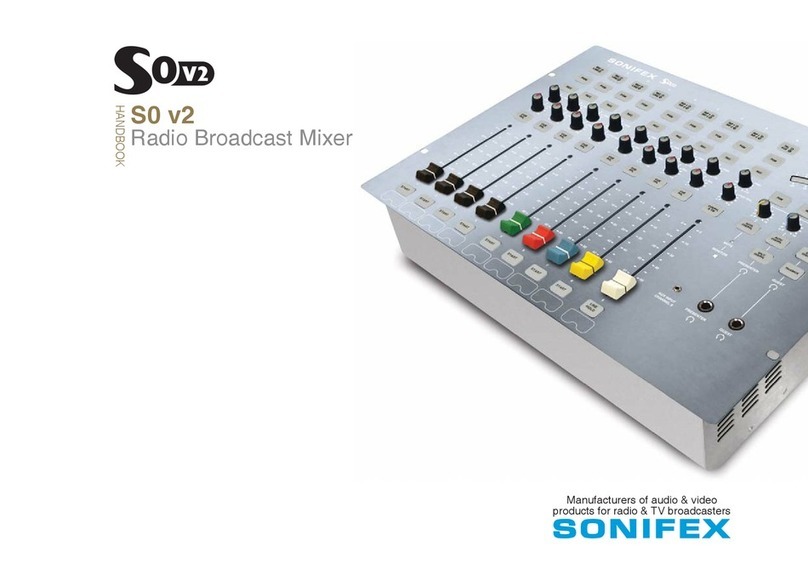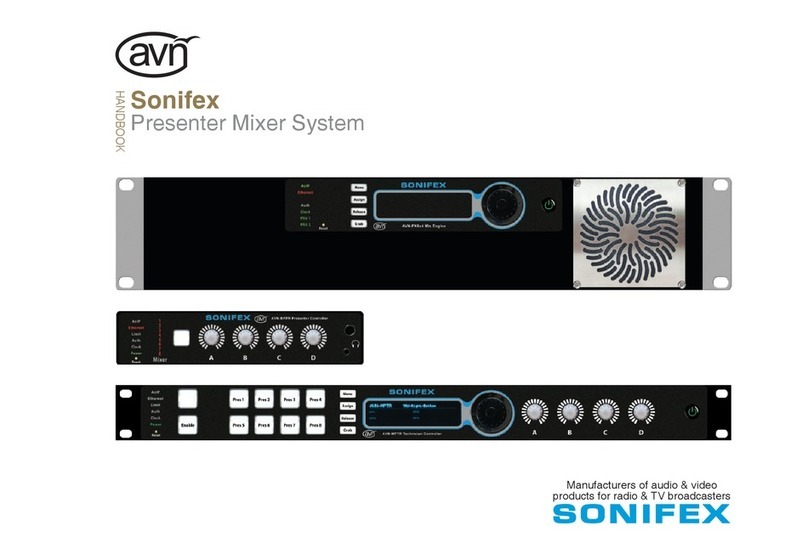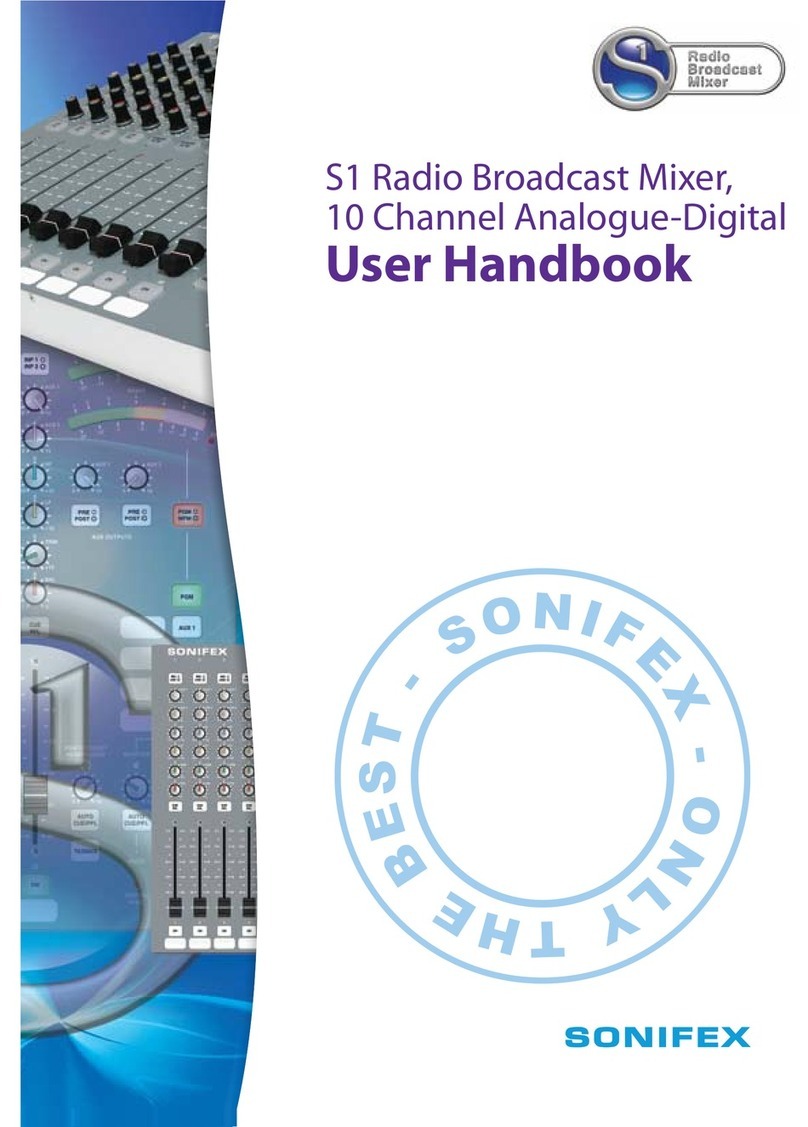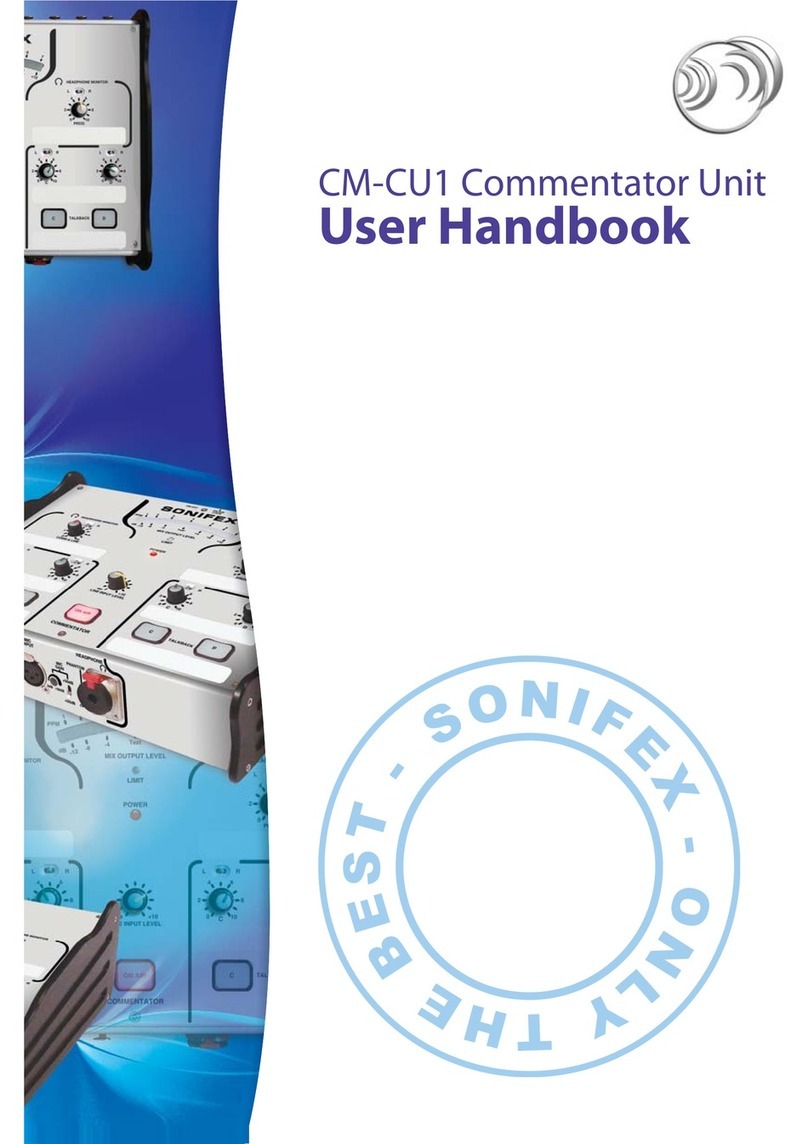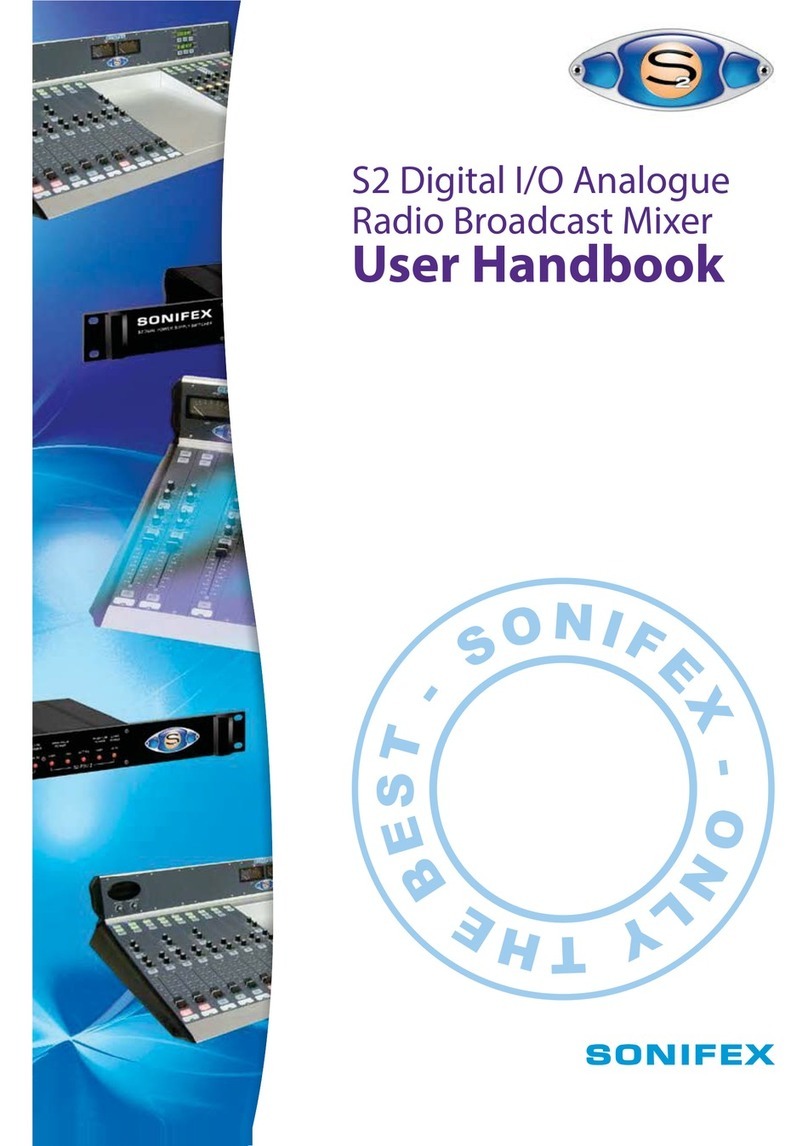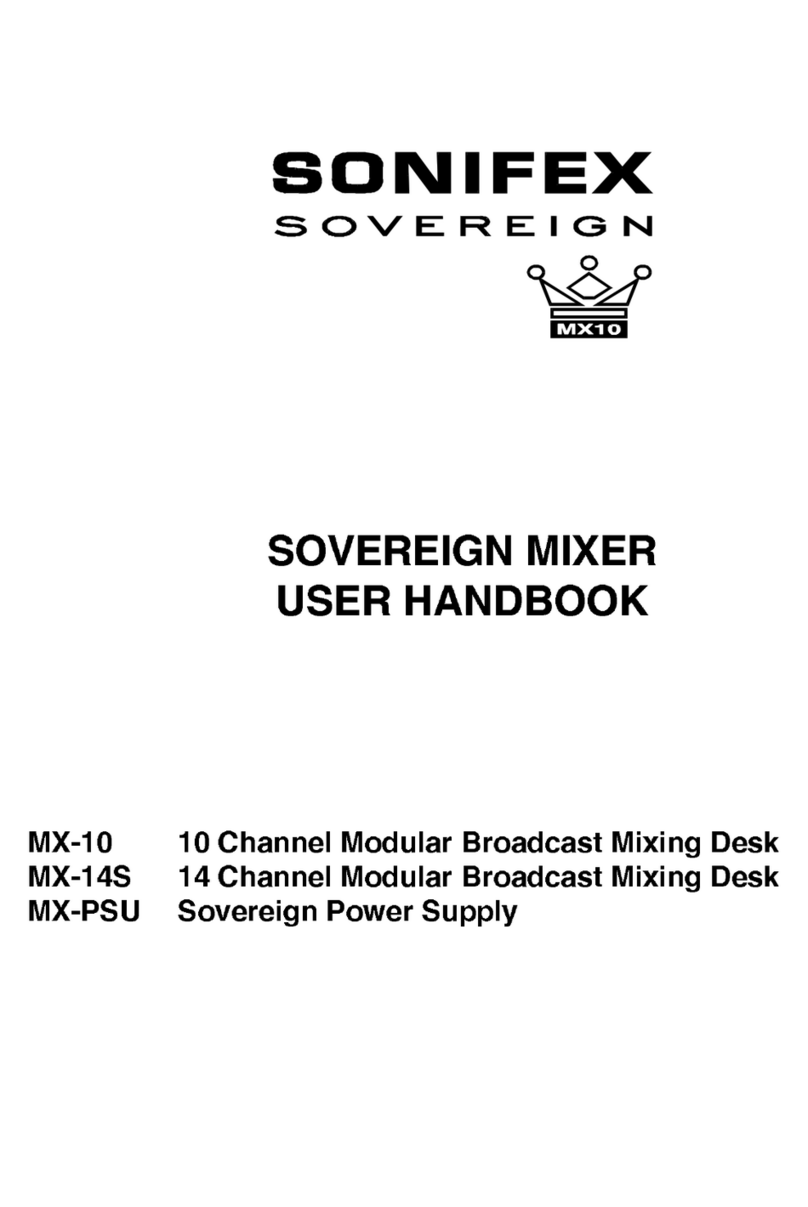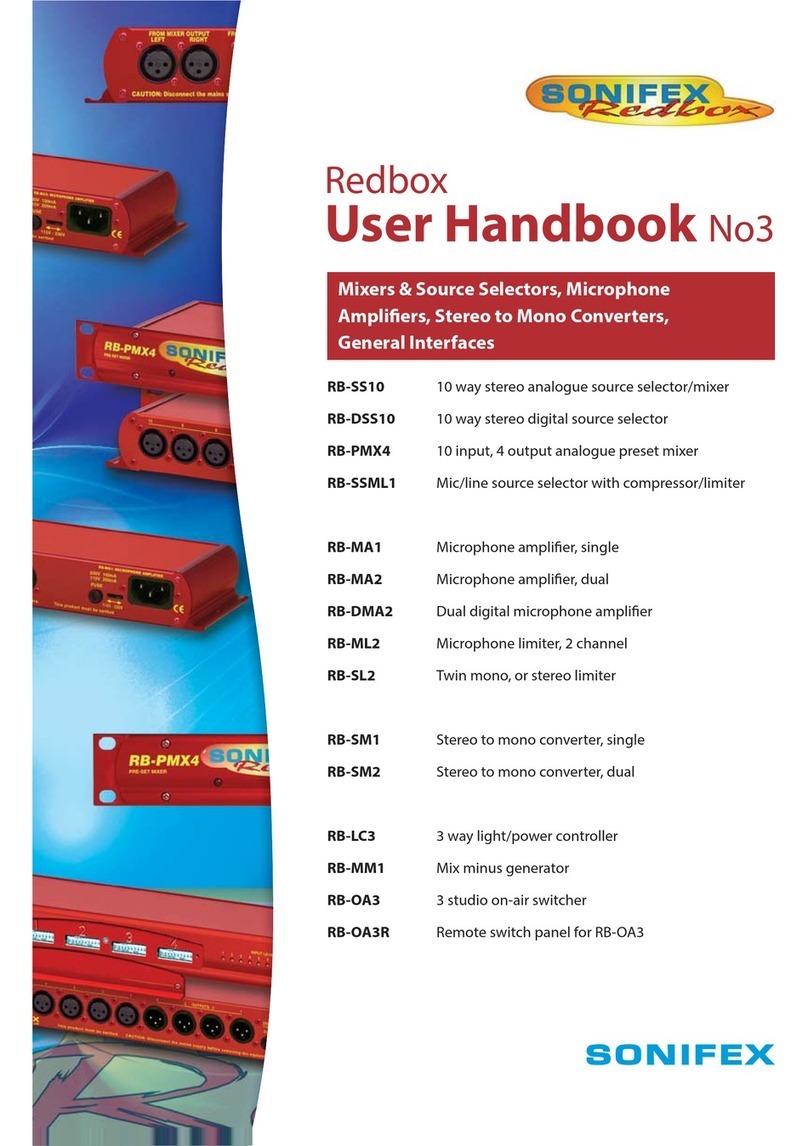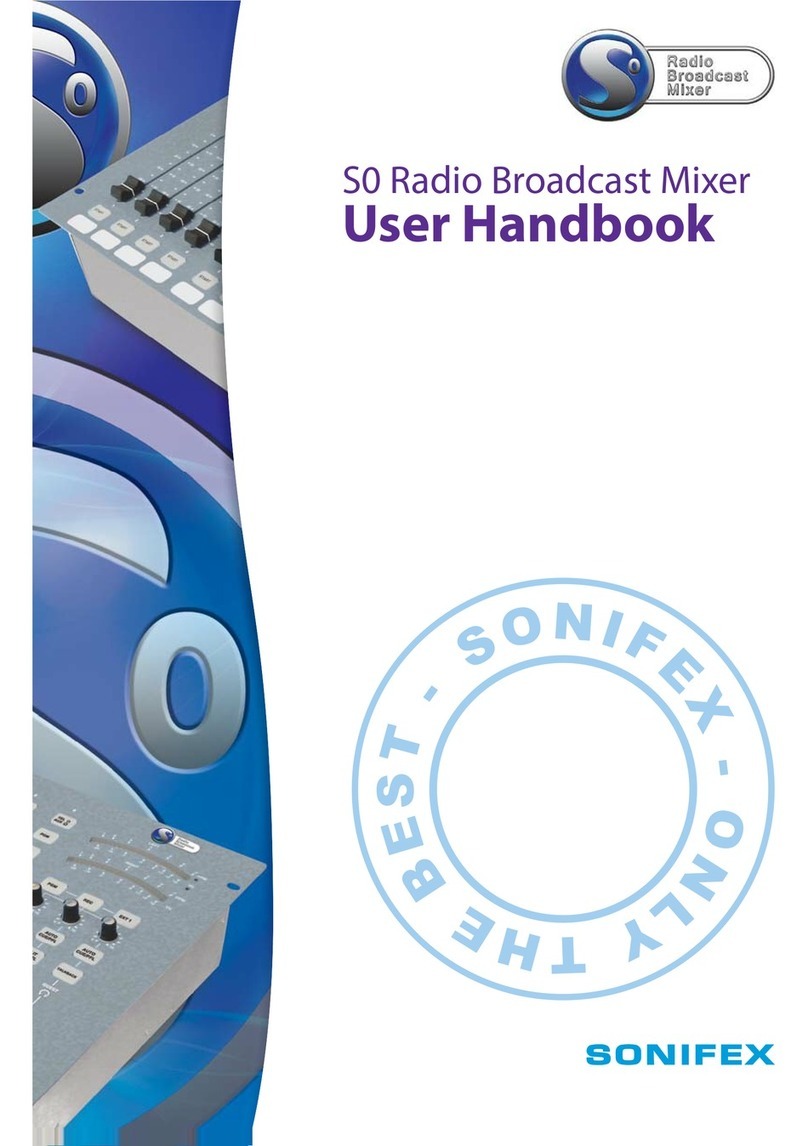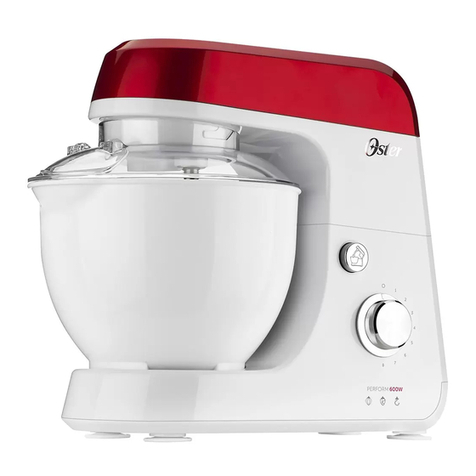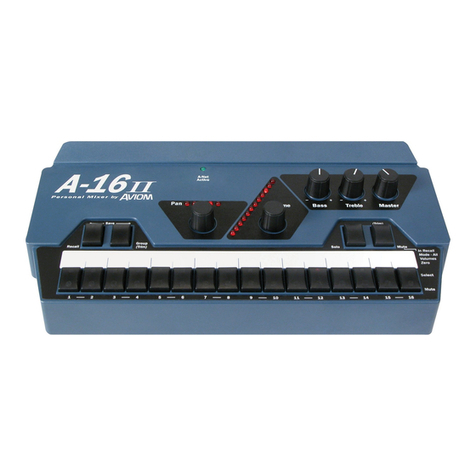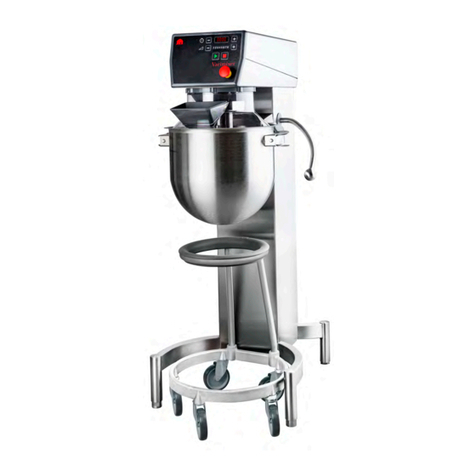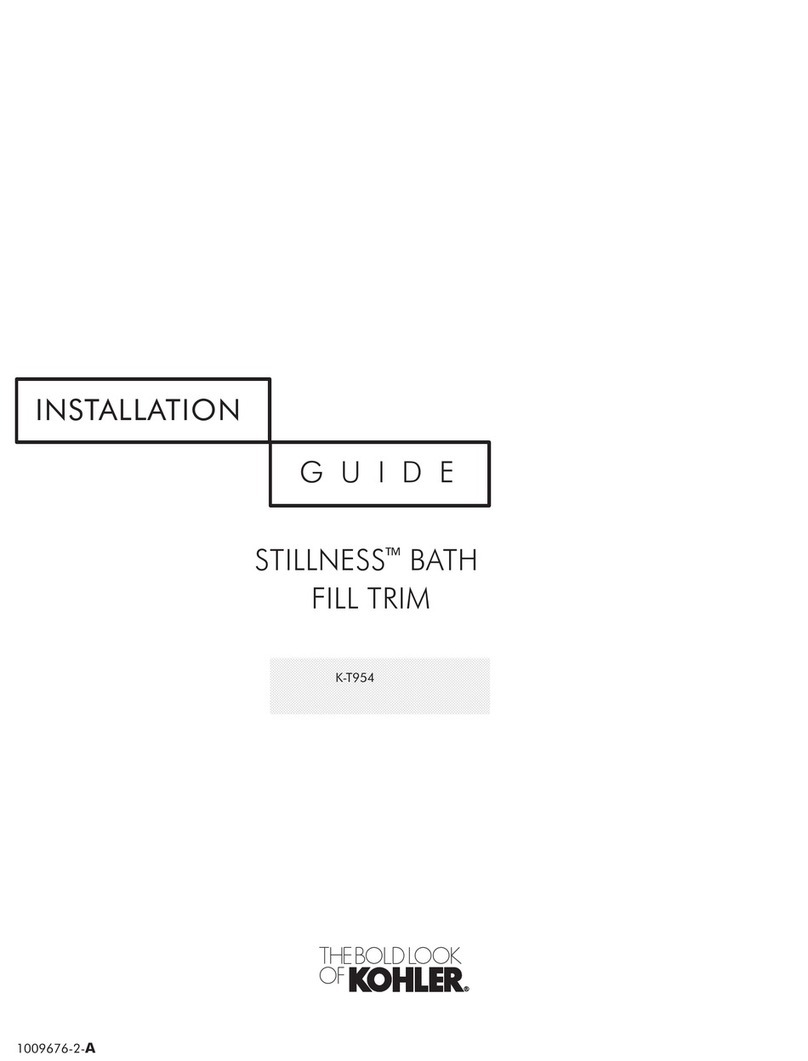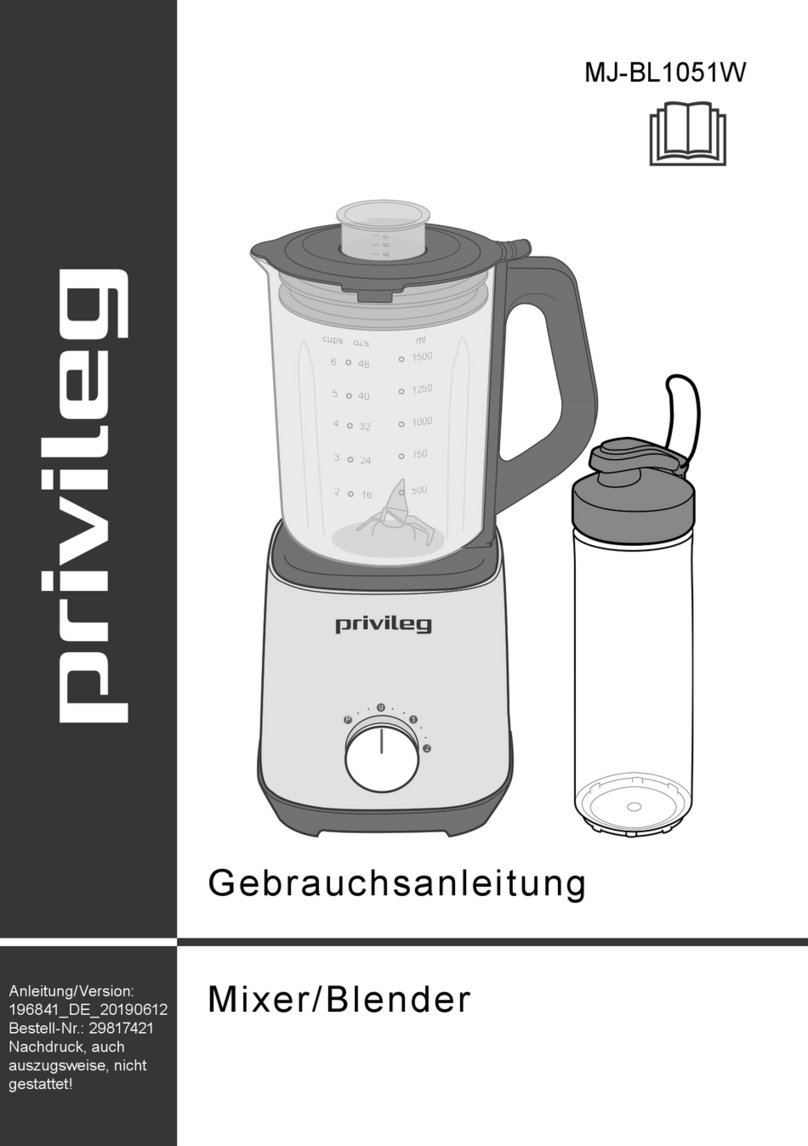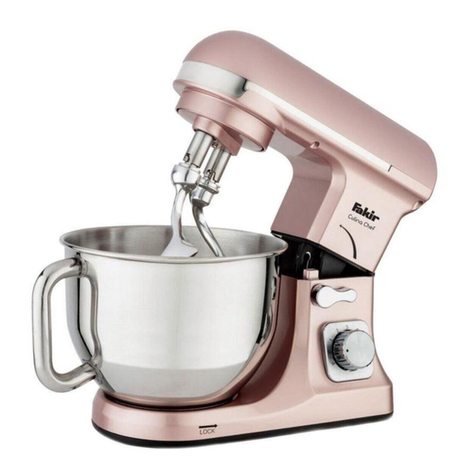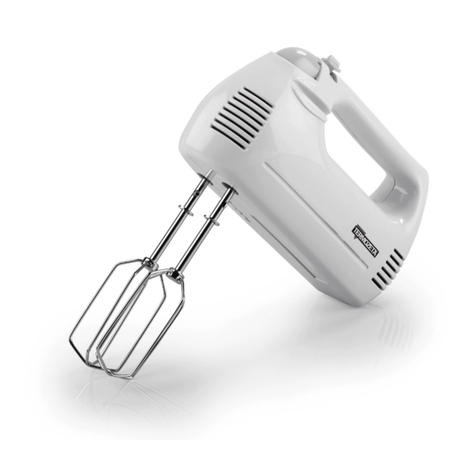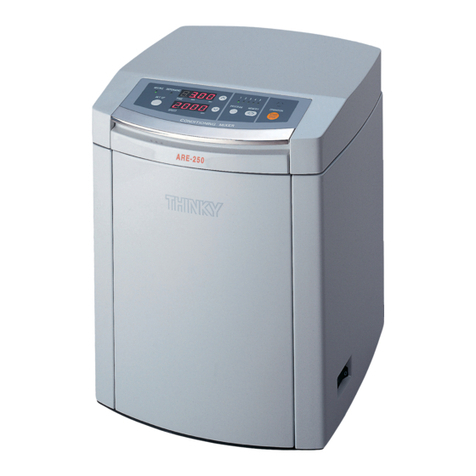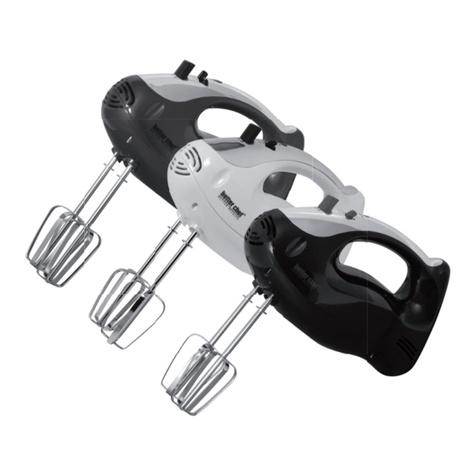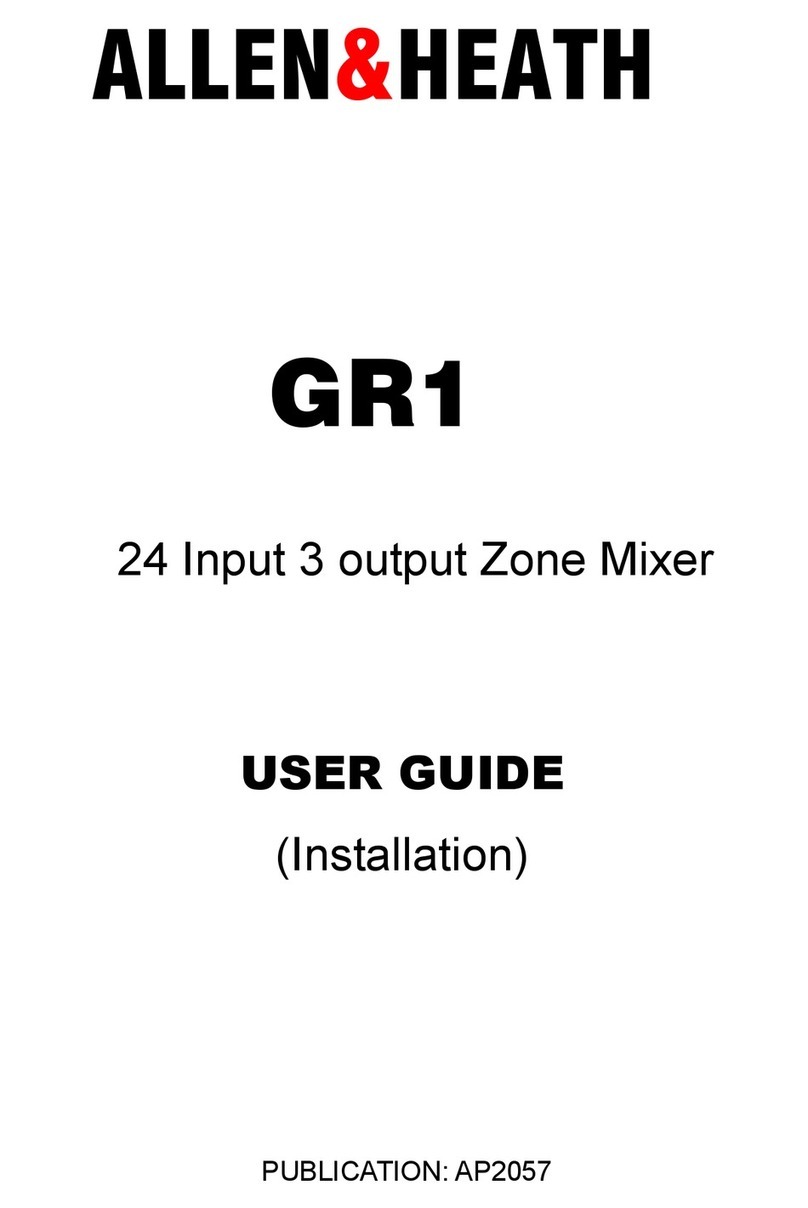WEEE & RoHS Directives - Sonifex Statement
The Waste Electrical and Electronic Equipment (WEEE) Directive was agreed on
13 February 2003, along with the related Directive 2002/95/EC on Restrictions
of the use of certain Hazardous Substances in electrical and electronic
equipment (RoHS).
The Waste Electrical and Electronic Equipment Directive (WEEE) aims to minimise the
impacts of electrical and electronic equipment on the environment during their life times
and when they become waste. It applies to a huge spectrum of products. It encourages
and sets criteria for the collection, treatment, recycling and recovery of waste electrical and
electronic equipment. All products manufactured by Sonifex Ltd have the WEEE directive
label placed on the case. It gives a contact for individuals who are unsure about the correct
procedure when the product has reached its “end of use”.
Sonifex Ltd will be happy to give you information about local organisations that can
reprocess the products, or alternatively all products that have reached “end of use” can be
returned to Sonifex and will be reprocessed correctly free of charge.
Sonifex Ltd has phased out the use of certain hazardous substances identied in the
European Union’s Restriction of Hazardous Substances (RoHS) directive. The RoHS
directive limits the use of certain hazardous substances currently used in EEE manufacture,
including lead, mercury, cadmium, hexavalent chromium, and halide-containing
compounds PBB (polybrominated biphenyl) and PBDE (polybrominated diphenyl ether).
Elimination of these substances will result in more environmentally friendly recycling
of electronic equipment. For the products which Sonifex manufacture, the main area
where products were aected was in the use of lead for manufacturing and assembling
electronics circuit boards.
Sonifex Ltd practices lead-free (LF) manufacturing processes. LF solder is used on the
surface-mount PCB manufacturing processes and for hand soldering. The printed circuit
boards (PCBs) used are either gold plated, or immersion tin plated, both of which use no
lead. Historically the PCBs were hot air solder levelled (HASL) PCBs which used tin/lead
based solder.
The manufacturing processes include the assembly of purchased components from
various sources. Product is oered as RoHS compliant, or LF, only after sucient evidence
is received from the component manufacturers that their components are RoHS compliant.
Sonifex Ltd relies solely on the distributor, or manufacturer, of the components for
identication of RoHS compliance. Thus whilst every eort is made to ensure compliance,
Sonifex Ltd makes no warranty, or certication, or declaration of compliance concerning
said components.
Sonifex Ltd denes“Lead Free”as pertaining to any product, which has been manufactured
by Sonifex Ltd using components which have been declared by the manufacturers as
“Lead Free”. All statements by Sonifex Ltd of RoHS compliance are based on component
manufacturer documentation.
WEEE & ROHS DIRECTIVE
WEEE & ROHS DIRECTIVE
